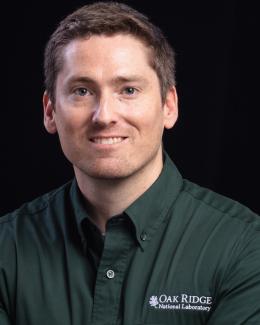Abstract
Accurate and up-to-date maps of coastal bathymetry are fundamental for coastal resource management, commercial and military navigation, and aquaculture, among many applications. Existing methods for bathymetry mapping require intensive and costly field surveys or targeted aerial captures, neither of which are easily or affordably replicated for repeat mapping and change monitoring. Satellite-derived bathymetry (SDB), however, offers the potential to map shallow water bodies repeatedly and efficiently with high spatial and temporal resolution (i.e., daily-weekly at 5 m or better). One challenge to large-scale implementation of SDB lies in the automated derivation of inherent water column properties such that they may be accurately compensated for across a variety of depth and substrate conditions. Here we present an algorithm that leverages WorldView (Maxar/Digital GlobeTM) satellite imagery to map the entire 3700 km2 Florida Keys (USA) island chain at 2-meter resolution without the need for any in-situ data collections. Preprocessing included radiometric calibration, atmospheric correction, automated deglinting, and automated detection of optically deep water, which was then used to estimate chlorophyll-a concentration assuming that the study area is primarily comprised of Case-I water (i.e., those where the optical signal is dominated by water, Chlorophyll-a in phytoplankton, and properties that vary in proportion to Chlorophyll-a concentration). Estimating Chlorophyll-a concentration allowed us to calculate the appropriate tuning coefficients used in a spectral band ratio equation for estimating bathymetry. The entire process was fully automated from ingestion of Level-1B image to bathymetry raster output. Mapping the Florida Keys from Key Largo to Key West required 34 WorldView images and was completed in approximately 27 min for an average processing time of 47 s per image using a single GPU core (i.e., supercomputing resources were not needed). After combining the products (mosaicking) in ArcMap, the wall-to-wall bathymetry map was validated against a LiDAR-derived bathymetry model with over 600,000 points; results show an RMSE of 1.95 m over depths from 0 to 15 m.



